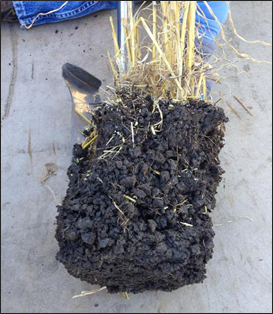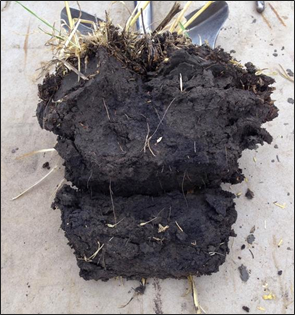Long-term improvements with Controlled Traffic Farming – An interview with Steve Larocque
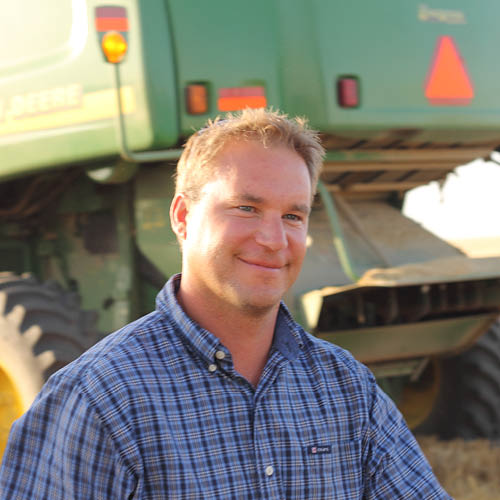
Steve is an agronomist and crop consultant in Alberta, Canada. Apart from being a farmer himself, he is working on new ideas and innovations in agriculture from around the world, one of them being controlled traffic farming (CTF). We talked with Steve and got some valuable first-hand insights on his experiences in implementing CTF.
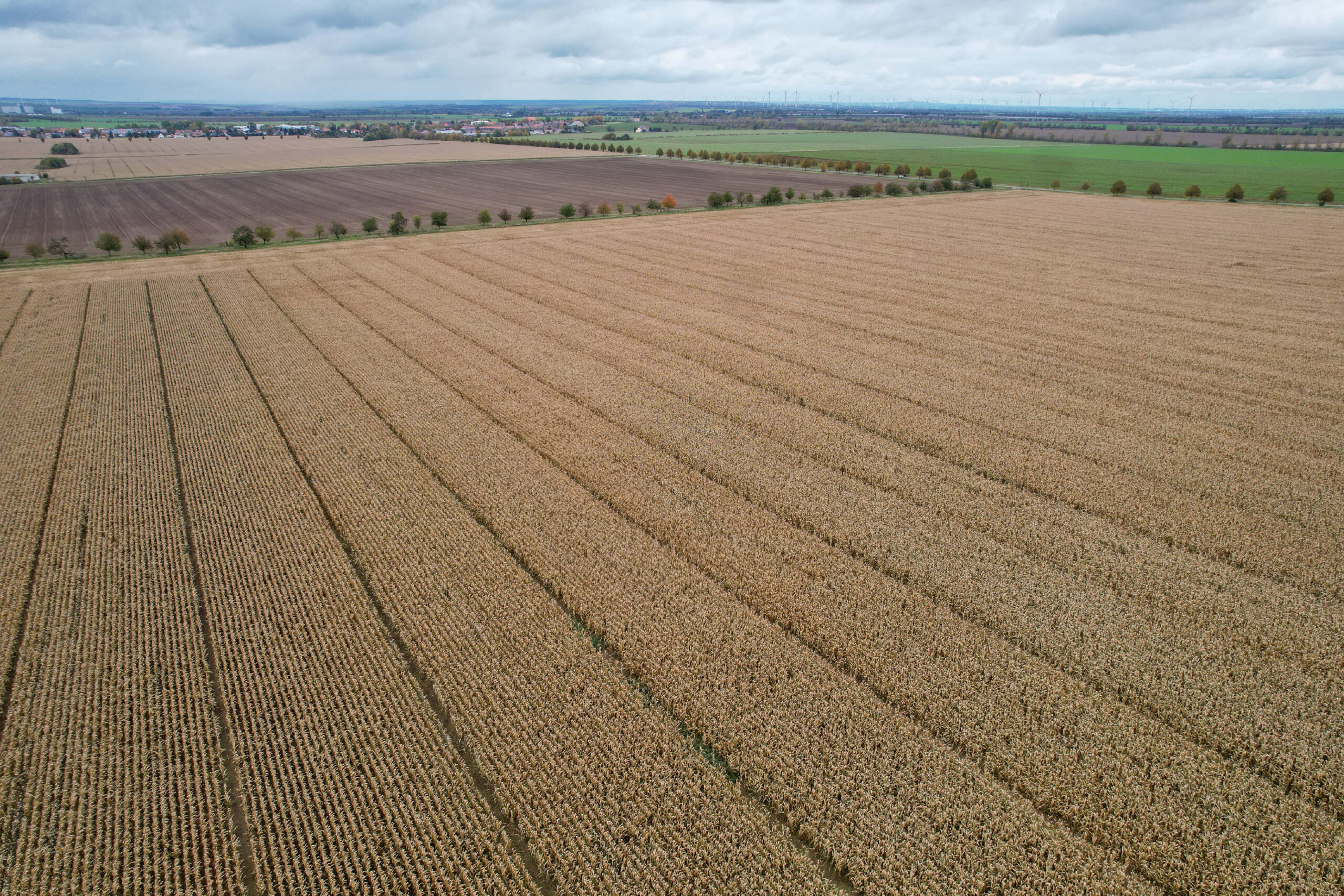
Nexat
Let us start right off with the topic of controlled traffic farming (CTF) and how you got into it.
Steve
Back in 2008 I was awarded a scholarship from Nuffield Canada. My study topic was the art and science of precision agriculture. Once I started to travel, it kind of morphed into CTF, which was then part of my precision AG focus. We started in Australia, then traveled to Brazil, the USA, Canada and then on to New Zealand and England. So, I was looking at wet environments as well as dry environments. I started noticing that throughout history we have always experienced a boom and bust when it comes to rainfall. We talk about an average rainfall of e.g. 300 mm, while actually we get 600 mm or we get nothing, so we average 300 mm. As I was looking at ways to build resiliency in our farming system CTF came up. I basically stumbled into it in Australia. The farmers I visited were farming in some cases heavy clay soils, vertically cracking clay – much like I was in Canada – and they were facing extreme weather cycles: they were either on fire or flooding. CTF for them is a way to build resilience against these extreme weather events. I thus started looking deeper at the CTF systems and eventually brought it home to Canada and in 2010 we basically launched CTF on our farm.
Nexat
Looking back to the initial years, what were you most surprised about when switching to CTF? Can be in a positive or a negative way.
Steve
I think it was how simple it was for us. Once you set up, it is basically just driving in straight lines. And that is not complicated. The part that is most complicated is the residue management and, in a way, also the tramline repairs, which can get complicated as it takes some extra effort.
Apart from that, I really started to see differences in emergence simply because we were seeding beside last year’s row. If you go north one way seeding in year one and then you come back on at year two, you are going to smash into some stubble of the past year’s crop. Harvest and spraying do not really matter in this regard. But especially while seeding it does, so we started moving the drill 50 mm to the side. And what that did was, it allowed us to seed right beside last year’s stubble row. While in between the rows – right in the middle – it can be quite dry on the surface and can even be a bit hard but there is always moisture around last year’s root ball even in the driest conditions. Those are the little nuances we started to learn. And it left us with great emergence figures. Especially in canola, it changed the architecture of our canola: the roots would grow very deep and thick. I could pull canola out of the ground by hand. I did this on a field day and the root was 40cm and I could just pull the root out of the ground like butter – and that was on a heavy 70% clay soil.
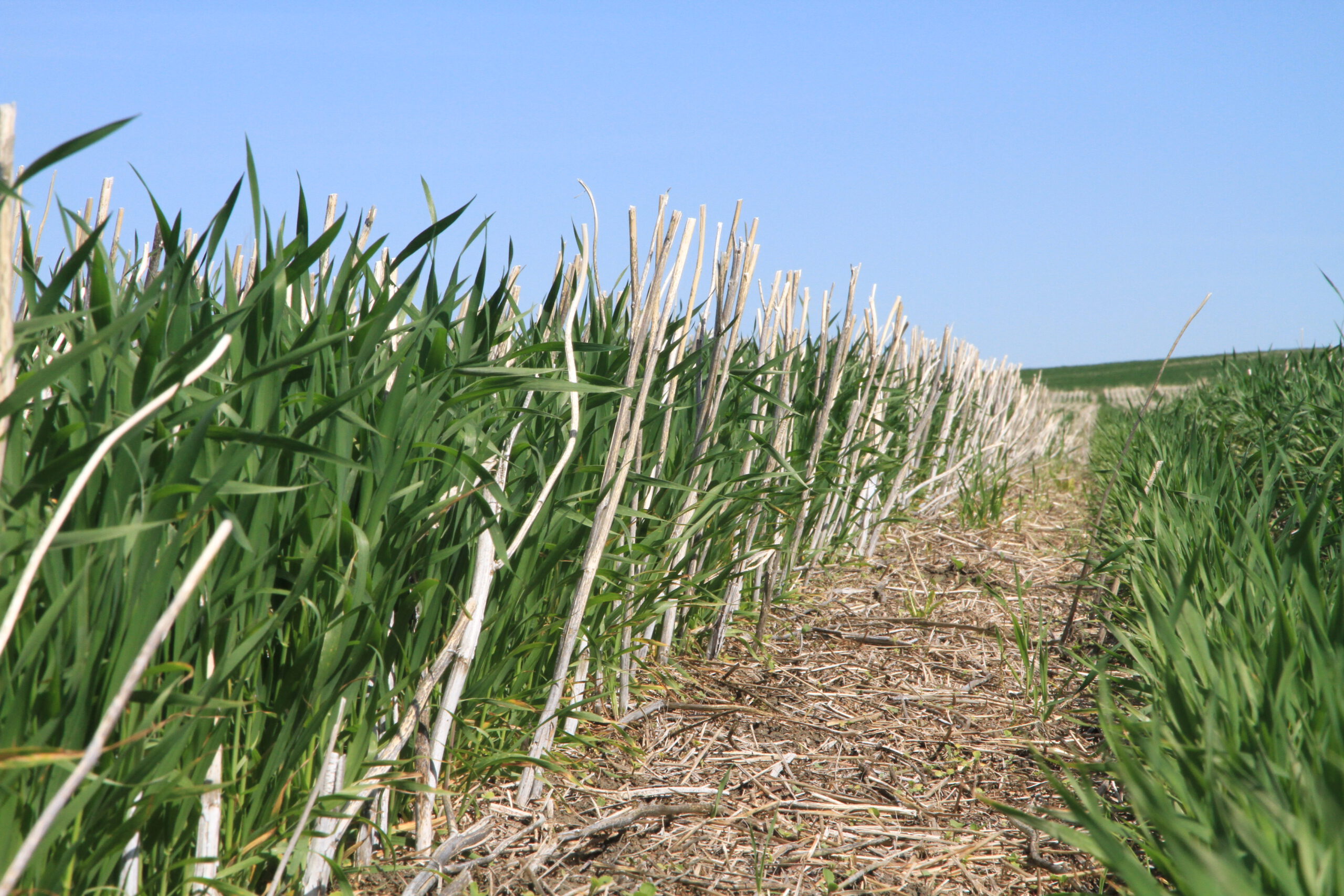
Another big surprise was the improvement of timeliness. On our heavy clay soils (again 70% clay) with high magnesium contents (25-35% Mg) we noticed that even after 25-30mm of rain in a day we were able to get back on the field the next day.
Nexat
Would you say the main reason was improved water infiltration?
Steve
Yes correct. You can traffic the soil after it has rained, but usually you are going to make a mess and destroy the soil structure. However, with permanent tramlines in CTF you can traffic the field without making a mess. Once you stop driving over the soil where you are seeding, it no longer turns lumpy and the soil dries out quickly in the top 25mm. The top 50 mm feels like potting soil.
Nexat
You mentioned that you have seen very different types of soil and cultivation. Would you say that CTF is more suitable for certain types of soils, especially looking at very dry or wet conditions?
Steve
CTF works on every soil type. What you are essentially doing is eliminating compaction over time. The soil is opening up, you have better porosity and increased water infiltration. Usually loamy soils can handle stress, e.g. in form of timely rains or weather extremes, a little bit better when compared with sand. When sand compacts, it is difficult to “uncompact” – that is why we build roads on it. Sandy soils respond very well to CTF. Clays also compact very easily; however they swell and contract, which partly loosens compaction. But down deep it takes a very long time to loosen this compaction through swell and contraction, and the deep compaction is what causes yield penalties as the water cannot drain. On either spectrum side, sand and clay, CTF works very well, but it performs on all soils.
Nexat
When switching to CTF, what were the biggest challenges you were facing?
Steve
Residue management is a big challenge, even without CTF. But in random traffic farming (RTF) we are able to heavy harrow on a diagonal to spread and move straw after harvest. In CTF we noticed that it was very important for us to really dial in our seeding system, getting between the rows, so we are not pulling out the residue. At the same time, we had to make sure our crop rotation had a proper C/N ratio for good decomposition, so we had to integrate some pulses into the rotation. Especially with a large share of wheat or canola in your rotation, you can have too much residue on the surface.
Nexat
So with regards to residue management, do you mean the amount of residue or the spreading of the residue?
Steve
Both. One little trick we utilize is trying as much as we can to keep the stubble tall. We leave the stubble at around 25 maybe 35 cm. For wheat we once left it at 40 cm and planted canola into it – it was amazing, it was one of our biggest canola crops: we harvested 4t/ha on 300mm of rain. What we also do, is we keep tall stubble and then plant a pulse into that. The pulse crop has a very low C/N ratio, and the remaining wheat stubble has a high C/N ratio to even that out and then you harvest all of it, because the peas will trellis on last year’s stubble and do not lodge. It drops the residue load and mineralizes the residue faster.
Apart from that the extremely wet years were a challenge.
Nexat
Would you say more than in RTF or simply because wet years are a challenge in general?
Steve
No, more because they are a challenge in general. I do not think we would have been on the field if we were doing RTF.
Nexat
So you do see the overall improved trafficability with CTF?
Steve
100%. 100%. Timeliness is the hardest thing to measure. How do you measure what led to the fact that you could seed three days sooner? That is hard to measure, but it is one of the biggest benefits of CTF.
Nexat
If you meet people who are not convinced about the concept of CTF or who are very skeptical, what are the most common arguments you hear against it and how would you usually answer these?
Steve
There is probably a point where, if someone were to say, ‘it just won’t work for me,’ I would say, ‘okay’. A higher level of management is required, as you can’t just go into a field and start with Controlled Traffic Farming. It is a strict system. This brings challenges with it. You must be willing to accept that. The benefits are worth it, and I think if you are keen and looking for a system to grab onto to learn and grow, that improves your profitability and timeliness, then you should try CTF.
There is quite some misconception that the freeze-thaw and wet-dry cycles uncompact soil. They do help for sure, but then you drive over it again the next year. On many fields you can see harvest tracks from two or three years ago, for example through imagery or just seeing it yourself. So clearly the freeze-thaw cycles are not solving the compaction if the tracks are showing up three years later.
Nexat
You talked about improved profitability. What would be the leverage there, what is improving profitability from CTF?
Steve
One aspect is on the yield side; we see improved yields on our heavy clay soils. When planting barley, canola or even peas, as soon as it gets too moist after planting, before they emerged or just after they emerge, it knocks the wind right out of these crops. With CTF the soil drains much better, so we added a lot of resilience to our farm. We got 50, 75 or even 100 mm right after seeding and it did not hurt our barley crop or canola emergence like it used to. We quickly saw an 8% yield increase in spring barley after switching to CTF. Once we were in CTF, there was no way to compare RTF any longer so I don’t have side by side figures. What I do know is that our long-term canola yields are over 35% higher than our area average. Again, it’s hard to compare but what I do know is that our farming system is a lot more resilient after implementing CTF.
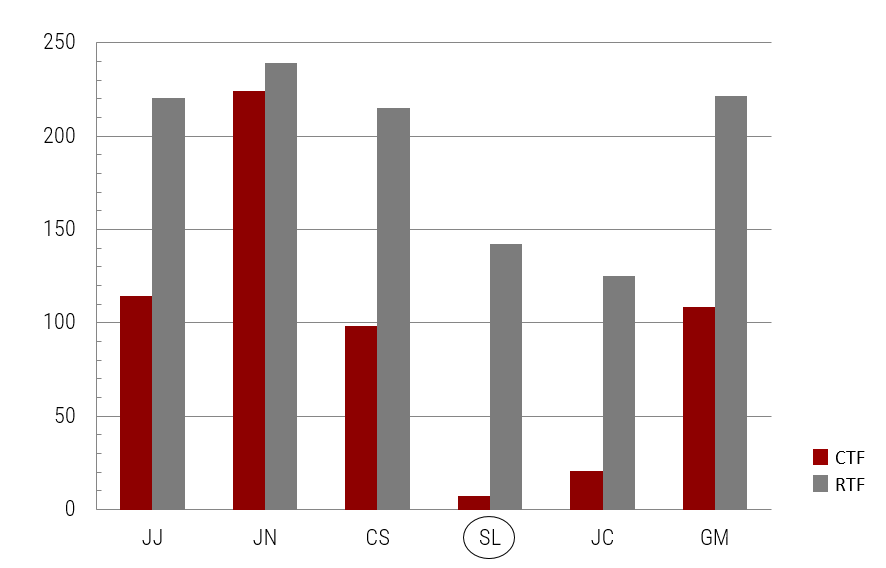
Another aspect is fuel savings. Imagine pedaling your bike on a highway versus pedaling your bike on a soft gravel road. Imagine pedaling your bike on a highway versus pedaling your bike on a soft gravel road. CTF reduces slippage and improves traction.
Nexat
Apart from the physical soil aspects, did you also experience changes in soil health with regards to soil biology?
Steve
I focus very much on the physical and the chemical aspects, but I did start to do a Solvita soil test, testing CO2 respiration, and it was off the chart. We detected 50% more respiration compared to the random traffic plot – meaning there is lots of microbial activity in the soil. When you increase porosity of your soil, you give a lot more condo space to your soil, as in there are more houses for soil organisms to live in. There is more gaseous oxygen, and the microorganisms are not drowned out by water because infiltration and drainage are improved. So apart from good fertility and overall healthy soils, I think we have high biological activity with CTF.
Nexat
You have been doing CTF for 14 years now. Have you in any way managed your tramlines? I know that in Australian CTF systems this is a common practice.
Steve
No, so far, I have not. I have cultivated a few small areas, especially low spots after very wet years. A neighbor of mine has adjusted a vertical tillage machine: he just pulled the coulters off the areas outside of the tramlines and it worked beautifully. I have arranged to rent it for my farm for next year.
Nexat
Overall you do need to invest into equipment when changing to CTF. Would you say that long term or maybe even quickly, the benefits outweigh the costs that arise for changing your equipment?
Steve
Yes, absolutely. The yield benefits and the timeliness. Again, it is difficult to measure timeliness, but it is one of the biggest benefits when you are able to get out on the field a lot sooner than you have before – it adds up.
Nexat
Can you give an estimation of when was the first year that you noticed an improved timeliness?
Steve
I would say year two. We are running on single tires, so all the weight is on those four tires, which have all wheel drive. The tramlines in our case hardened up very fast.
The first years were the easiest, but our 6th year was quite wet, and it became a little more challenging. Some years you can seed through lower wet spots (so-called sloughs) and some years you cannot. There was a period of maybe two or three years where we just could not seed straight through but had to go around.
Nexat
These sloughs are a very typical topography for Canada, right?
Steve
Yes, indeed.
Nexat
Well, thank you very much Steve for answering all our questions.
Steve
You are welcome, I am happy to share my experiences.

